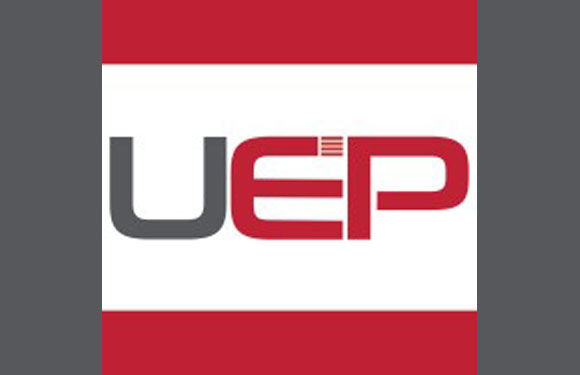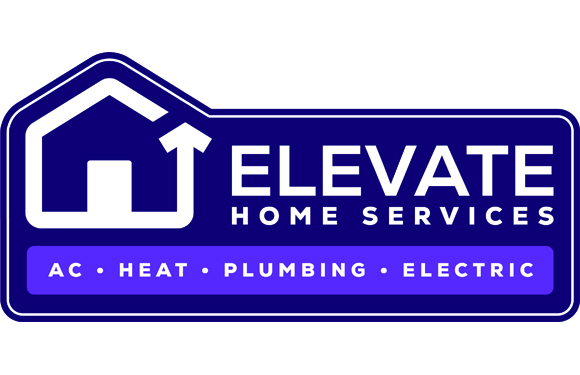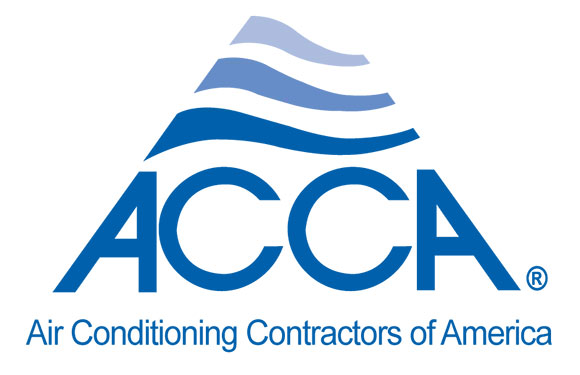
News
Carbon Monoxide: Four Draft Pressure Tests You Can Use Daily
By David Richardson

Last month we looked at draft pressure measurement fundamentals. At the end of the article, I mentioned four draft pressure tests that will help you identify safety issues. Let’s look at these measurements and how you can use them to better diagnose potential carbon monoxide (CO) problems.
Draft Testing Safety
Before you perform any draft test, measure CO from the equipment to verify safe operation. If CO is over 400 ppm or rising during operation, don’t perform the following tests – you may put yourself in a dangerous situation.
If your CO readings are less than 100 ppm and stable, you can proceed with the draft test. It’s best practice to measure equipment CO when you perform any draft test. If CO readings begin to rise during the draft test, turn the equipment off and stop testing.
You’ll also want to monitor ambient CO when testing. Be aware of the potential for flue gas spillage as building pressures may change while testing. If ambient CO rises above 35 ppm, discontinue the test and ventilate the building.
Functional Flue Test
The first draft test to perform is the functional flue test. You can determine whether the flue is working or not with this measurement. It also simplifies inspections since you don’t have to dismantle the flue and perform an inspection with a mirror and flashlight.
When you perform this test, mechanical room doors should be in their normal position. Testing in a false environment will lead to inconclusive results. Remember, continuously monitor ambient CO while you test.
Test the smallest Btu input vented appliance first. This is typically the water heater. Insert the draft gauge in the flue test port and measure CO in the proper location to assure the appliance is safe. Continuously measure equipment CO to assure readings are less than 100 ppm and stable.
Turn on the water heater and observe draft for five minutes with no fans running. Draft should be -.02” w.c. (inches of water column). If there is no draft reading, investigate the following probable causes:
- Crushed or damaged vent caps;
- Wind blowing;
- Stack effect – internal building pressure;
- Combustion air grilles and ducts exhausting air;
- Summer operation;
- Ball in the Dwyer 460 is stuck or damp.
If your draft reading is -.02” w.c. the flue is working, and you can go to the next test – draft interference.
Draft Interference Test
With draft interference, you can determine if duct leakage, exhaust fans, or door closure affects draft pressure. Your first step is to turn on the furnace blower to its highest speed. If draft pressure falls to zero with it on, turn the power off. Return duct leakage is causing draft to drop and can cause flue gas spillage or backdrafting. Find and correct the return duct leakage before proceeding.
Next, turn on exhaust fans, such as kitchen exhaust and clothes dryers, one at a time to see how they affect draft pressure. Any downward draft pressure movement can indicate potential flue gas spillage or backdrafting. If draft pressure does fall, identify which fan(s) are the culprit and look at providing makeup air or pressure relief to account for them.
If draft is consistent, start closing interior doors to rooms with supply registers and no return grilles in them. Continue closing the doors until all are shut. If the draft pressure falls, you’ll need to find a way to relieve pressure from these rooms. Jumper ducts and transfer grilles work great.
Flue Restriction Test
The third test you can use draft pressure for is to determine a flue restriction. Consider the impact of collapsed chimneys, poorly installed liners, and undersized flues. How do you know the flue is correctly sized for proper operation? Use this test to quickly check flue performance.
Perform this test as you would any other draft test. Insert the draft gauge into the flue and turn the appliance on. Let it run for five minutes and record the draft reading. Next, manually turn off the gas line shutoff valve to the appliance and watch the draft reading.
If the flue is restricted, draft will increase for at least 10 to 15 seconds. The draft reading should remain the same and then start to drop on a properly sized flue. You can also use this test on common-vented equipment. In this case, turn on all equipment connected to the flue at once and follow the same steps listed above.
Combustion Air Supply Test
The last draft pressure test we’ll look at is the combustion air supply test. A single draft reading can tell you whether there is enough combustion air in a room. If you measure draft pressure of -.02 or greater, there is plenty of available combustion air.
An adequately sized opening and enough room volume doesn’t mean combustion air makes it to the burner. Don’t make this dangerous assumption. You can only determine if air ends up at the burner when you measure multiple CO readings. If they are stable, you have a consistent air supply to the burner.
You won’t have to perform volume calculations, measure grille and duct sizes, and then compare them against the code book with this simple test.
Enough Air?
If your draft pressure stays in range through all these tests, consider yourself fortunate. Typically, you’ll uncover at least one issue. The tests allow you to isolate various building conditions that may be the difference between missing or diagnosing a potentially dangerous condition.
About the Author
David Richardson serves the HVAC industry as a curriculum developer and trainer at the National Comfort Institute, Inc. (NCI). NCI specializes in training focused on improving, measuring, and verifying HVAC and Building Performance.
If you’re an HVAC contractor or technician interested in learning more about adding combustion testing to your services, contact David at davidr@ncihvac.com or call him at 800-633-7058. NCI’s website www.nationalcomfortinstitute.com is full of free technical articles and downloads to help you improve your professionalism and strengthen your company.














